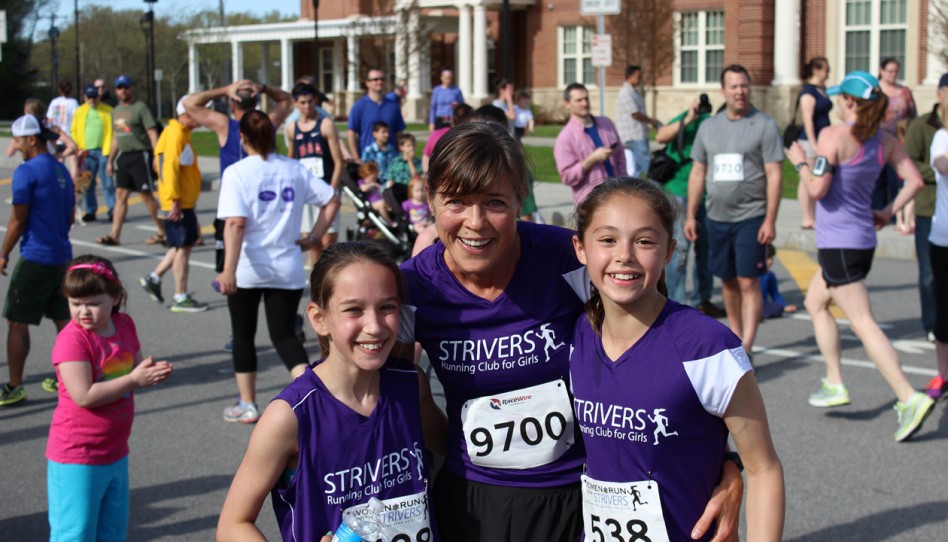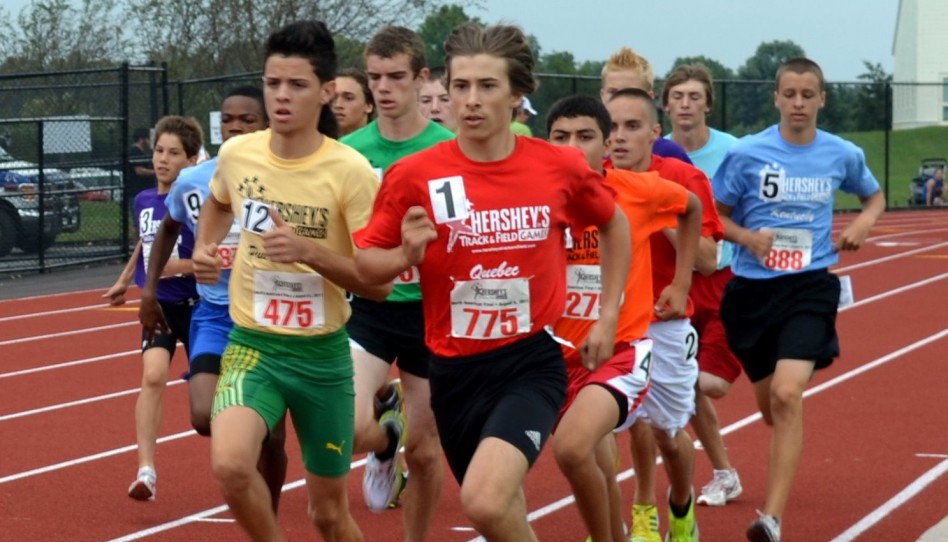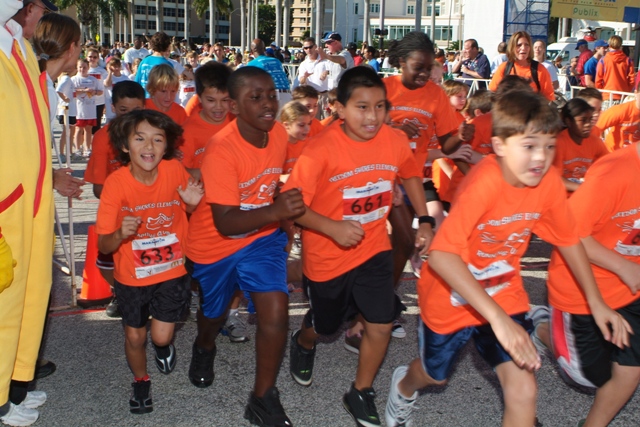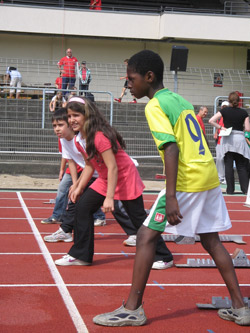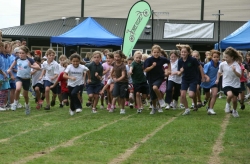Running for Indians
Djamal did not sleep well the night before the race. “I was so excited, I could not sleep at all,” he says. He thought of the Indians that they had been told about at school – the Indians who live in the tropical rainforests of South America, away from civilization. The woman who had told them about an Indian village in Peru at school, had spoken about children whose eyes had become infected so badly that “the whole eye was red except for the pupil,” says Djamal. He also heard about the rotten water that the Indian children drink and that made their tummies swell. Above all, the Indian tribes lack medical and educational facilities. Djamal’s school tried to raise money for an Indian tribe in Peru at the school’s donation run. For each lap that Djamal manages to run, he earns some money; and his parents, relatives and friends are the donators.
Most of Djamal’s school mates run ten or twelve, and some even fifteen laps. One lap measures 800 meters. Djamal is suffering. He is sweating and fighting meter by meter with clenched teeth. His arms are especially aching, his shoulders are burning. He thinks about how he used to play “robber and police” with his friends, how they were running after and trying to catch each other. These thoughts help him with each lap and he manages to run eight times 800 meters.
Djamal is in a wheel chair. The eight-year-old suffers from an incurable muscle disease and will never be able to walk again. He knows what it feels like to stand on his own legs – he had learned how to walk before he became ill. He also knows that he will never be able to walk again as all his friends are. Taking part in the donation run, however, and being able to raise money just as his friends are, makes it easier for him to accept the fact that he is tied to a wheel chair. While doing the laps he thought of his electronic wheel chair a few times. “Of course it would be easier with that one,” says Djamal, “but it sometimes plays up, too.” He knows, however, that it is also good for him to use the wheel chair he has to get moving himself. “This strengthens my organs and my lungs,” Djamal lectures.
Another participant in the run was Clara. She says that she was already “totally exhausted” after one lap. Her legs hurt, she was out of breath. “But I did not let the pain get at me,” she says. Even the day after the run she moans about how endlessly long the laps seemed to be. Indeed Clara must have felt each lap more intensively than any of the other participants. She knows better than anyone else how long and hard 800 meters can be as seven-year-old Clara is blind. She probably did not really surprise her parents when she told them the night after the run that she managed to run four laps. “We encourage Clara to do as much sports as possible,” says her dad. Clara does swimming, skateboarding, inline-skating and jogging and apparently, it does not take much to convince her. “Off you go, put on your running shoes” is enough to convince Clara to go for a run. She is not running long distances, maybe 20 minutes plus a ten-minute walk home which is spent busily chatting.
Just as any other child, Clara develops a sense for her body and her motor skills through playful exercise. “We just see that it is good for her to get moving because she eases tensions, and experiences happy moments,” her dad explains. “The highlight for everyone – including the kids in the neighborhood – is the trampoline in our garden,” he says. Every jump releases endorphins. Clara is even able to do rope skipping on the trampoline. If the rope touches the ground, a little bell rings and Clara knows that it is time to jump. She can do six to eight jumps in a row. “Many blind people shy away from exercise,” Clara’s dad says. For him and his wife, however, it has never been difficult to get Clara enthusiastic about sports: Clara has a twin brother and he has always been a natural, brotherly inspiration to do sports and exercise. “We make a consistent effort to keep Clara moving,” her father says. He thinks that his daughter’s achievements are nothing special. When she learned how to ski last winter, however, even he was very impressed.
- Posted May 10, 2006
